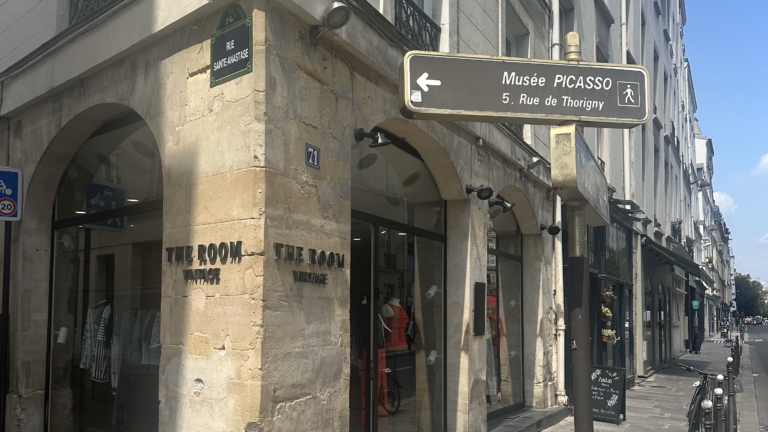
A Cultural Gold Medal: Picasso Museum Shines During Paris 2024 Olympics
- Picasso Museum
- Abigail MacFadden
- August 9, 2024
- 4 min read
As the world's eyes have been glued to Paris for the 2024 Olympic Games, the city offers more than just athletic spectacles. In the spirit of celebrating both physical and artistic prowess, visitors to the Olympics should not miss the opportunity to explore the Picasso Museum, a testament to one of the 20th century's most influential artists.
While the modern Olympic Games no longer include art competitions, as they did from 1912 to 1948, the connection between art and sport remains an essential part of the Olympic spirit. The Picasso Museum serves as a reminder that cultural exchange and artistic appreciation are crucial elements of international gatherings like the Olympics.
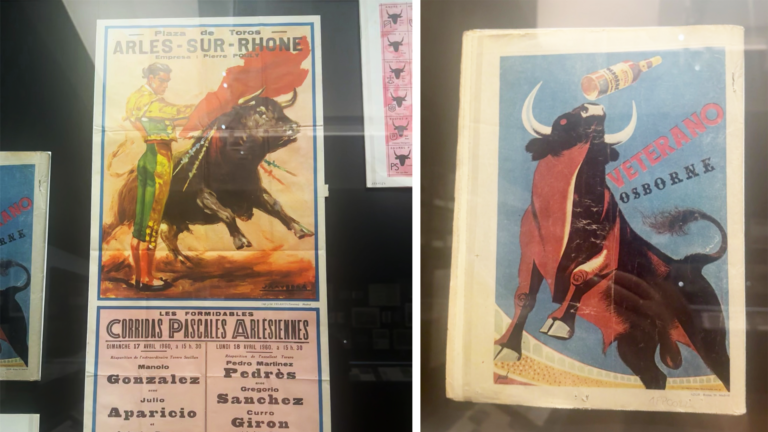
Upon entering the Picasso Museum, visitors are immediately struck by the vast collection of items that inspired the artist throughout his career. With nearly 200,000 preserved items, including postcards, magazines, books, pottery pieces, and paintings by contemporaries and friends, the museum offers a unique glimpse into Picasso's creative process.
This extensive collection spans centuries, from prehistory to the artist's own time, showcasing Picasso's immense visual culture and perpetual curiosity. It's a testament to how artists, like athletes, draw inspiration from a wide range of sources to perfect their craft. Picasso’s Spanish roots can be seen in his gravitational pull towards bullfighting posters and postcards within this collection.

Left Image: "La Femme qui pisse", Rembrandt, 1631
Right Image: “La Pisseuse”, Picasso, 1965
Chronological Journey Through Picasso's Evolution
One of the museum's highlights is the first floor's chronological presentation of Picasso's inspirations
and corresponding works. This layout provides a visual roadmap of the artist's creative journey, much
like how an athlete's career can be traced through their performances over time.
Standout pairings included Rembrandt's small line drawing "La Femme qui pisse" (1631) displayed next
to Picasso's much larger, vibrantly colored "La Pisseuse." Picasso's fascination with Rembrandt is
beautifully exemplified in the pairing of Rembrandt's "La Femme qui pisse" and Picasso's "La Pisseuse".
Rembrandt's original work, a small 2-inch by 3-inch dark line drawing from 1631, showcases the Dutch
master's skill in capturing intimate moments with subtle, precise lines. In contrast, Picasso's
interpretation is a grand statement piece, measuring 6 feet by 3 feet. Picasso transforms the scene with
vibrant colors, introducing a cerulean blue and eye-catching blue-grey sea behind the woman. This
juxtaposition highlights Picasso's ability to take a simple, almost private sketch and elevate it into a bold,
unapologetic celebration of the human form and bodily functions. The stark difference in size and color
palette between the two works serves as a metaphor for how Picasso often took inspiration from the
past and explosively reimagined it for the modern era.
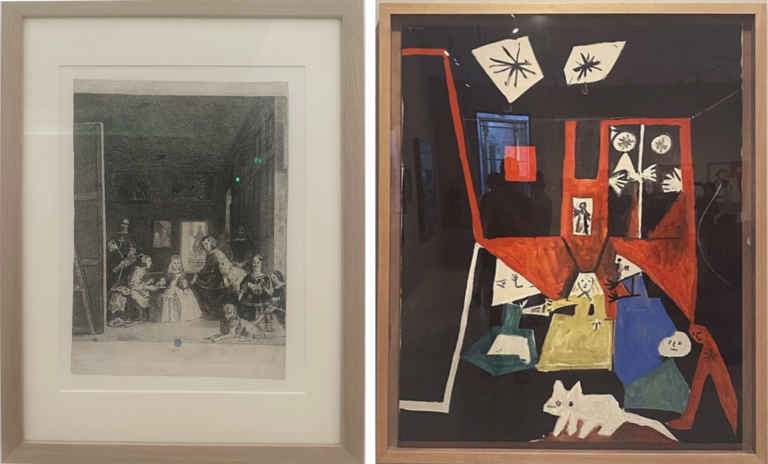
Left Image: “Les Memines” by Francisco de Goya, 1778
Right Image: “Las Meninas, No 32”, Picasso
Another standout was Francisco de Goya's "Les Memines" juxtaposed with Picasso's abstract
interpretation, "Las Meninas No 32." This pairing offers visitors a fascinating glimpse into Picasso's
engagement with Spanish artistic heritage. Goya's original painting depicts a scene of courtly life, with a
child being attended to by servants, executed in the Spanish master's characteristic style that bridges
the gap between the Old Masters and modernism. Picasso's rendition, however, is a tour de force of
artistic reinterpretation. While maintaining the basic compositional elements of Goya's work, Picasso
applies his distinctive abstract style, rendering the scene in vibrant, almost jarring colors. The
transformation from Goya's more naturalistic representation to Picasso's fragmented, geometrically
stylized figures demonstrates Picasso's ability to honor artistic tradition while simultaneously subverting
it. This pairing encapsulates Picasso's role as a revolutionary artist who was deeply connected to the
past yet always pushing the boundaries of artistic expression.
These pairings illustrate how Picasso, like a skilled athlete, took inspiration from his predecessors and
transformed it into something uniquely his own.

Left Image: “Still Life with Oranges” by Matisse, 1913
Right Image: L’Atelier de la Californie by Picasso, 1956
Artistic Friendships and Collaborations
One of the most captivating narratives woven through the Picasso Museum is the story of Pablo
Picasso's relationship with Henri Matisse. This artistic dialogue, spanning nearly five decades, was
characterized by mutual respect, friendly rivalry, and profound influence on each other's work. Their
relationship serves as a testament to the power of artistic exchange and collaboration, mirroring the
spirit of friendly competition and mutual growth seen in the Olympic Games.
The museum's curation brilliantly showcases the evolution of this artistic bromance. Visitors can trace
the influence of Matisse on Picasso's work, and vice versa, through carefully selected pieces displayed
side by side. This presentation allows observers to see how these two titans of modern art pushed each
other to explore new territories in color, form, and composition.
One of the most poignant aspects of their relationship is highlighted in the museum's collection of
Picasso's later works. Following Matisse's death in 1954, Picasso created a series of paintings and
drawings that paid homage to his friend and rival. These "Matissian" works, as they've come to be
known, feature studio interiors adorned with arabesque windows and lush vegetation – clear nods to
Matisse's distinctive style. These pieces serve as a touching tribute to their enduring friendship and
shared artistic journey.
The depth of Picasso's admiration for Matisse is further evidenced by his personal collection. At the end
of his life, Picasso owned seven paintings by Matisse, including the exceptional "Still Life with Oranges,"
acquired in 1942. This painting, displayed prominently in the museum, offers visitors a unique
opportunity to see Matisse's work through Picasso's eyes and understand the profound impact Matisse
had on Picasso's artistic sensibilities.
The Picasso-Matisse relationship goes beyond a simple narrative of friendship or rivalry. It exemplifies
the idea that great art often emerges from dialogue, challenge, and mutual inspiration. Their story resonates with the Olympic ideal of bringing together diverse talents and cultures to elevate human
achievement. Just as athletes from different nations come together to compete and inspire one another
to reach new heights, Picasso and Matisse's artistic exchange elevated the world of modern art.
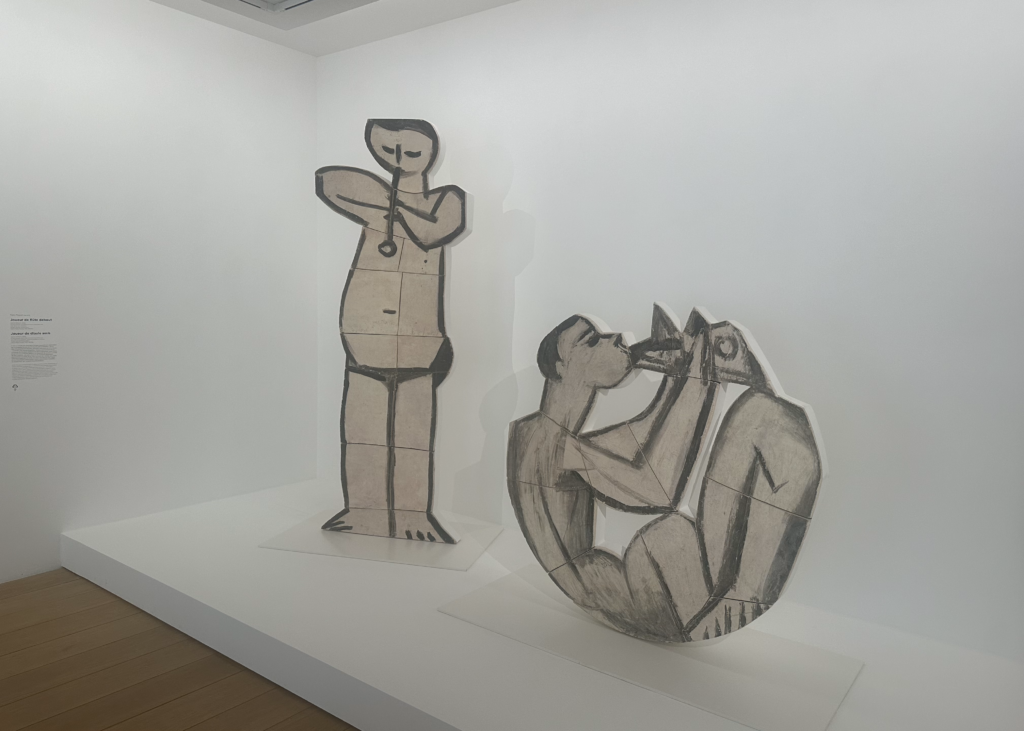
Expanding Horizons: Sculpture and Ceramics
The museum's collection of Picasso's sculptures offers visitors a three-dimensional perspective on the
artist's genius. Among the most intriguing pieces are the "Standing Flute Players," which showcase
Picasso's ability to translate his distinctive style into sculptural form. These pieces, with their abstract
yet recognizable human forms, demonstrate how Picasso could manipulate space and material to create
works that are both playful and profound.
Picasso's approach to sculpture was as revolutionary as his painting. He often incorporated found
objects and unconventional materials, challenging traditional notions of what sculpture could be. This
innovative spirit is evident in works like his sheet metal sculptures, where he transformed flat, industrial
material into dynamic, expressive forms.
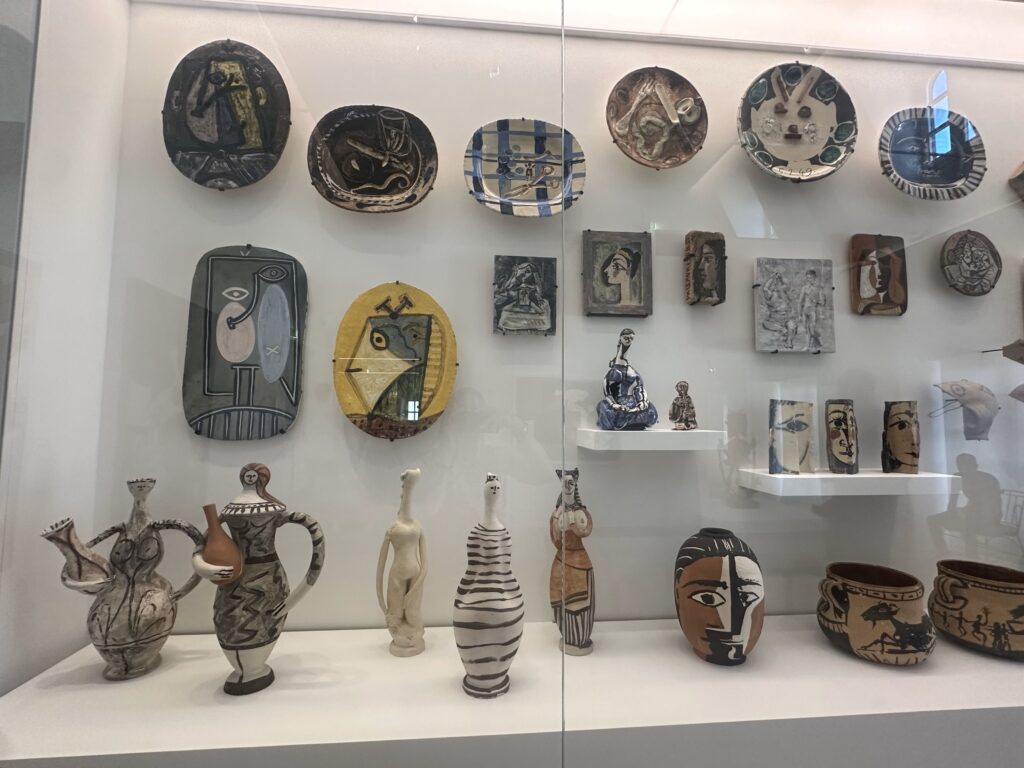
Picasso's venture into ceramics began in 1947 when he was introduced to the medium by Suzanne
Ramié in Vallauris. Picasso's ceramics are characterized by their vibrant colors, playful designs, and
innovative techniques. He approached pottery with the same creative fervor he brought to painting and
sculpture, often subverting traditional forms and decoration. Visitors can see how he transformed
simple plates into faces, vases into human figures, and pitchers into animals. These pieces showcase
Picasso's ability to see the potential for art in everyday objects – a perspective that resonates with the
Olympic ideal of finding extraordinary performances in seemingly ordinary individuals.
Picasso's ceramics also represent a break from tradition in their form and structure. Moving away from
the typical rounded pieces, he experimented with irregular shapes, incorporating deliberate breaks and
fragments into his designs. This approach resulted in unique pieces that challenged the conventional
aesthetics of pottery, much like how modern Olympic athletes continually push against established
records and expectations.
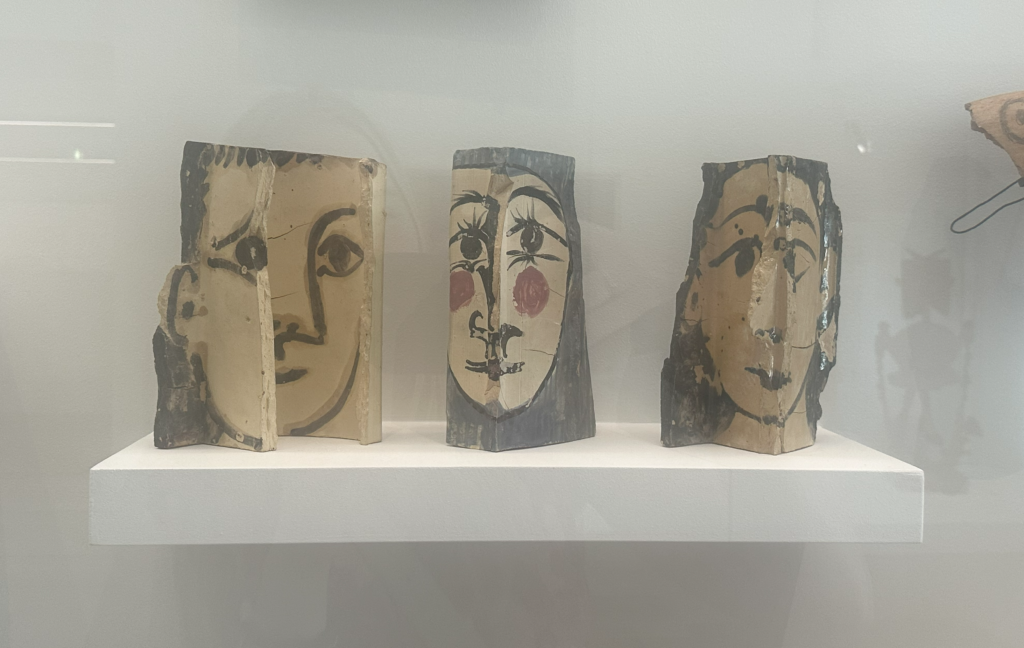
As Olympic visitors make their way through the Picasso Museum, they embark on a cultural marathon
that complements the athletic events taking place across Paris. The museum not only celebrates one of
the world's greatest artists but also reinforces the idea that excellence, whether in sport or art, is a
universal language that brings people together.
In the spirit of the Olympics, which unites nations through athletic competition, the Picasso Museum
serves as a reminder that art, too, has the power to transcend borders and foster understanding
between cultures. As you cheer for your country's athletes, take a moment to appreciate the artistic
gold medals on display at the Picasso Museum – a true champion of cultural heritage.
Links to Artist Profiles:
Picasso Museum

Beyond the Podium: The Cultural Tapestry of France’s Olympic Spectacle
Abigail MacFadden • July 31, 2024 •
4min read
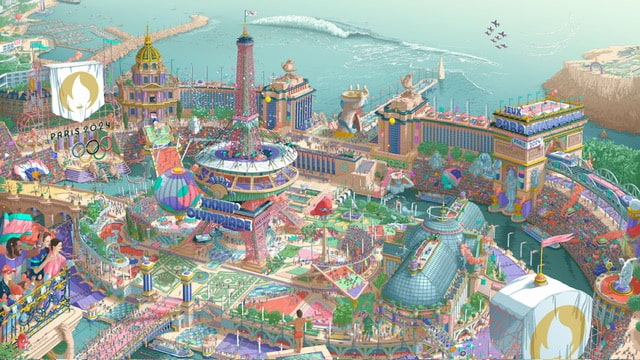
Paris Reimagined: Ugo Gattoni's Olympic Odyssey
Abigail MacFadden • July 25, 2024 •
4min read
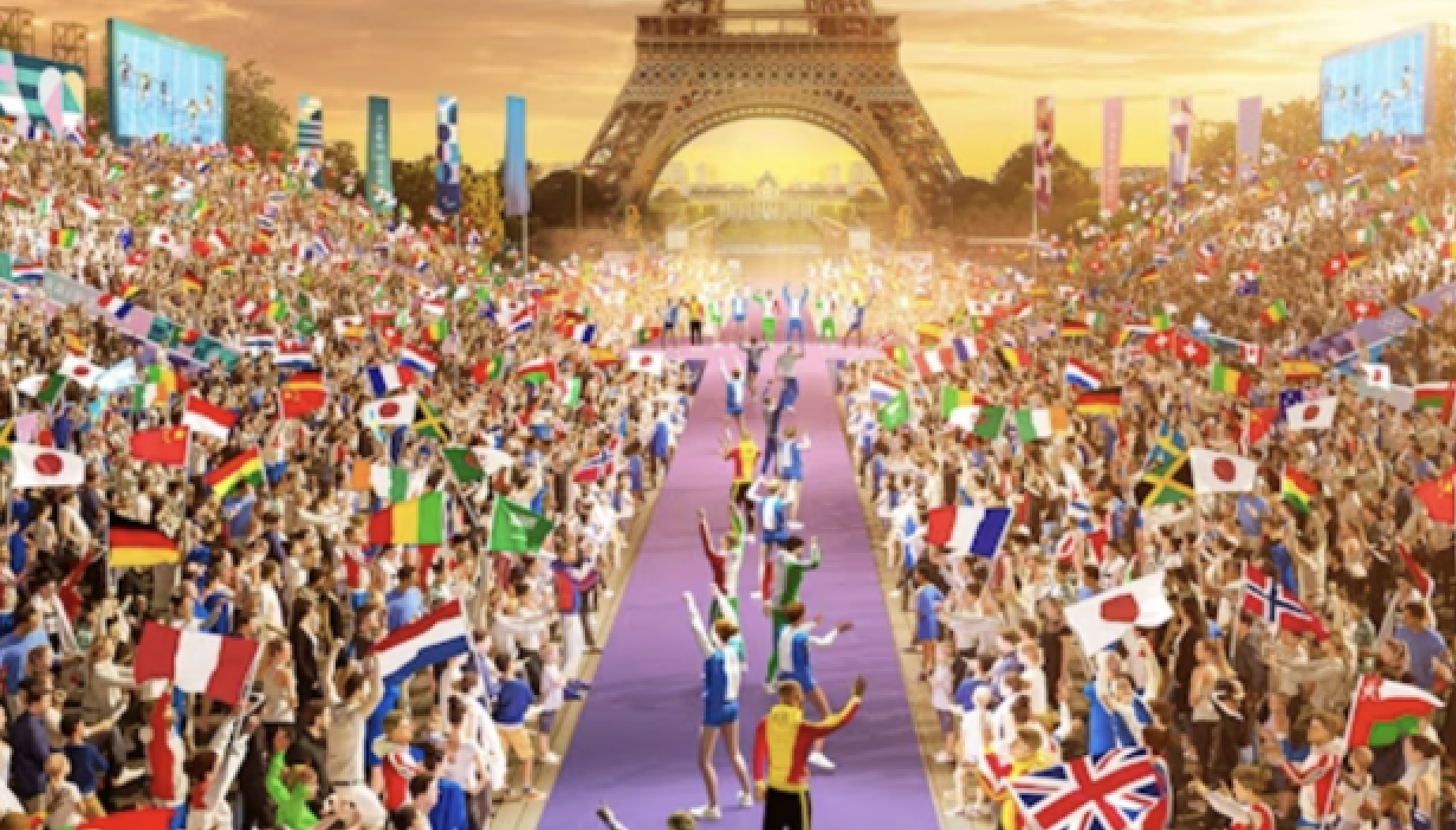
Fashion Meets Function: Designers Redefine National Pride for Paris 2024 Olympics
Abigail MacFadden • July 17, 2024 •
2min read
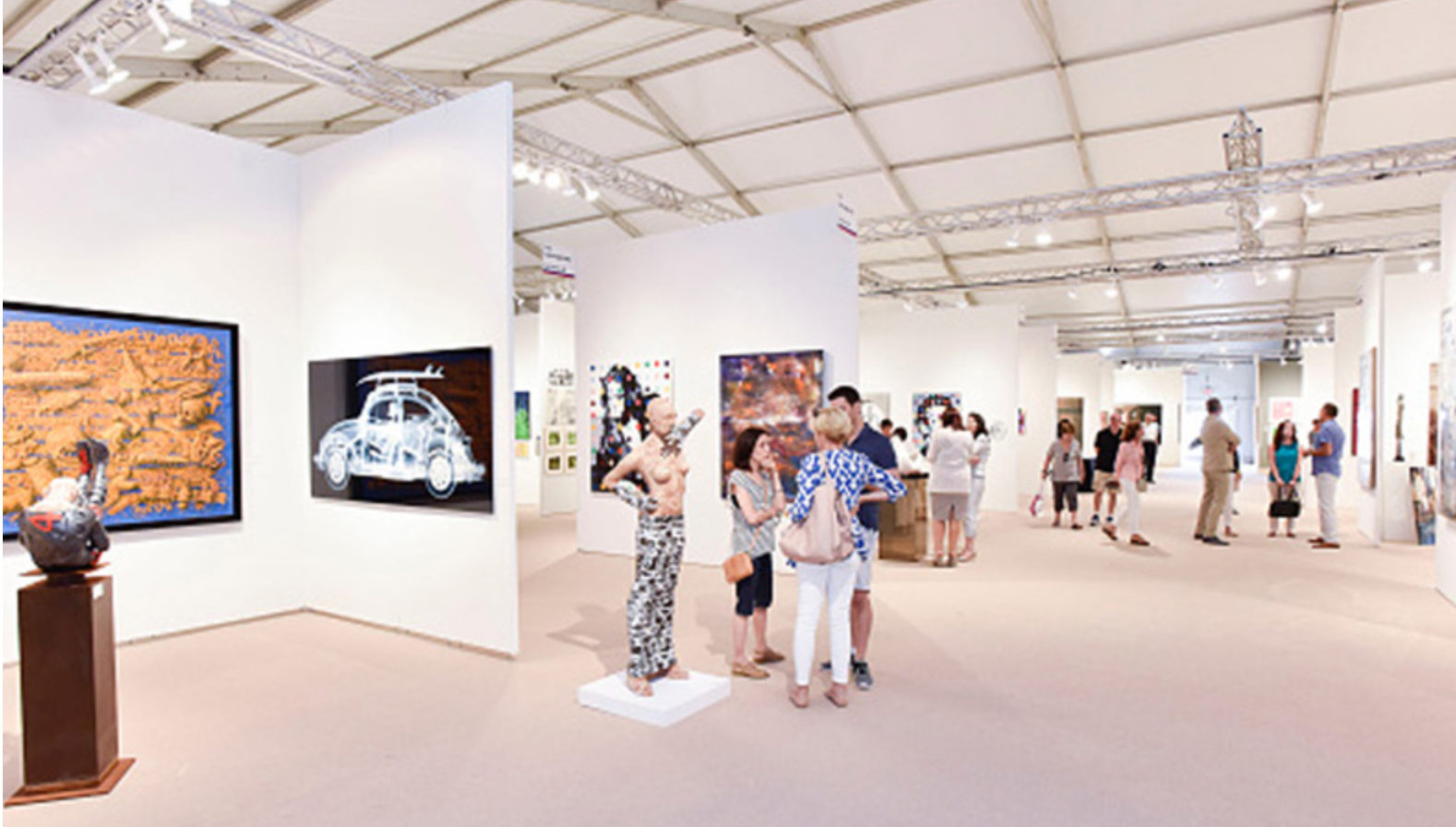
The Hamptons Fine Art Fair: A Cultural Cornerstone of the East End
Abigail MacFadden • July 11, 2024 •
3min read

Maxine Hoover: Stargirl is on a Meteoric Rise in New York Art World
Abigail MacFadden • June 25, 2024 •
3min read

Flaco Waters: Celebrated Artist Creates Incredible Series for 100th Anniversary of Harlem Renaissance
Abigail MacFadden • June 11, 2024 •
4min read
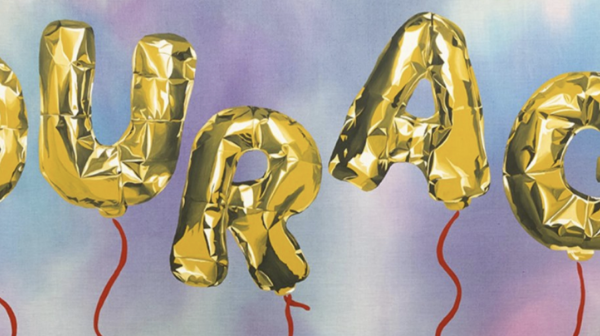
Unbelievable Shows not to be missed in the New York Art Scene this Week!
Abigail MacFadden • June 6, 2024 •
4 min read
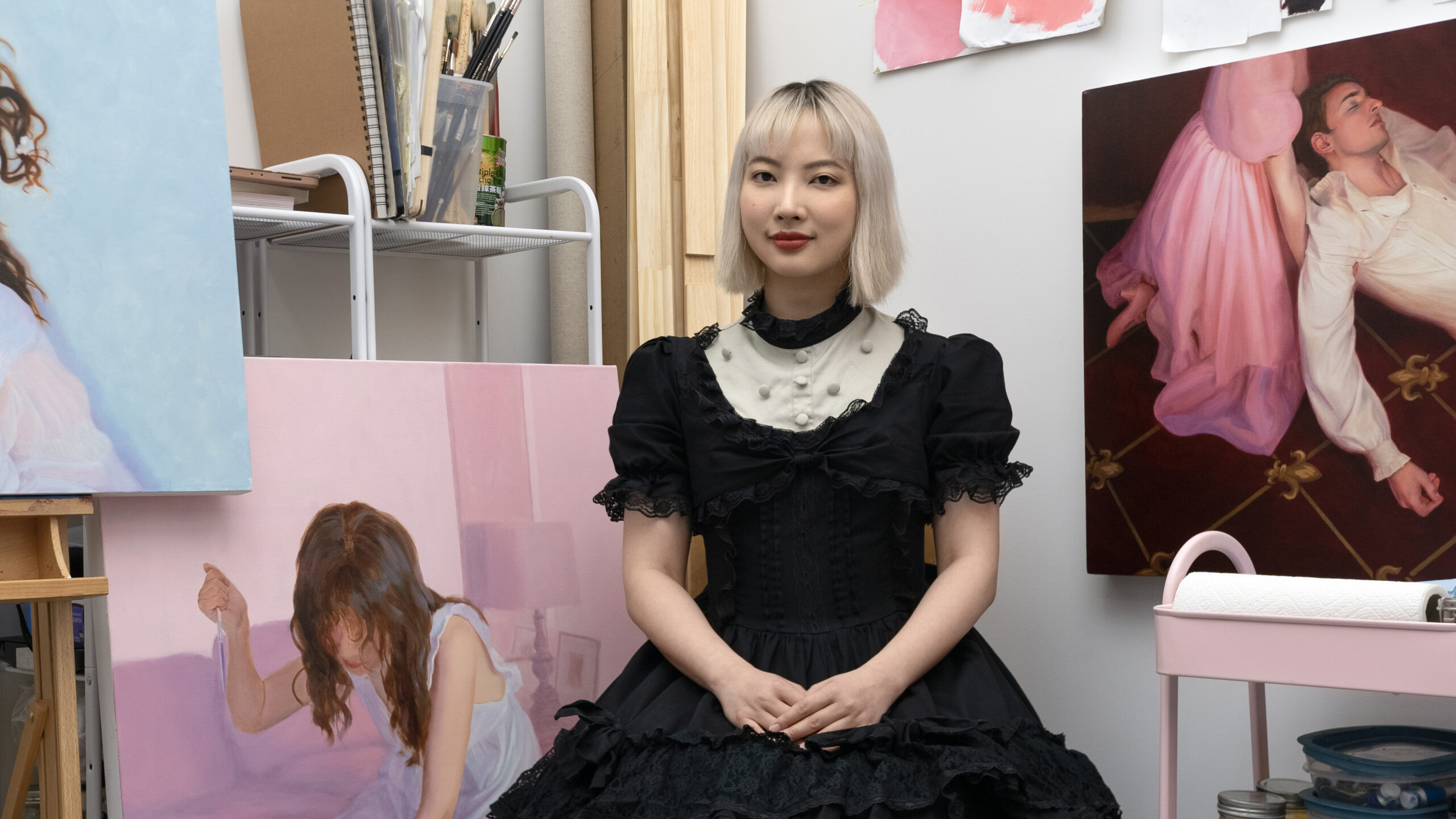
Junyi Liu: Painter, Performance Artist on the Rise in New York City
Abigail MacFadden • June 5, 2024 •
10 min read
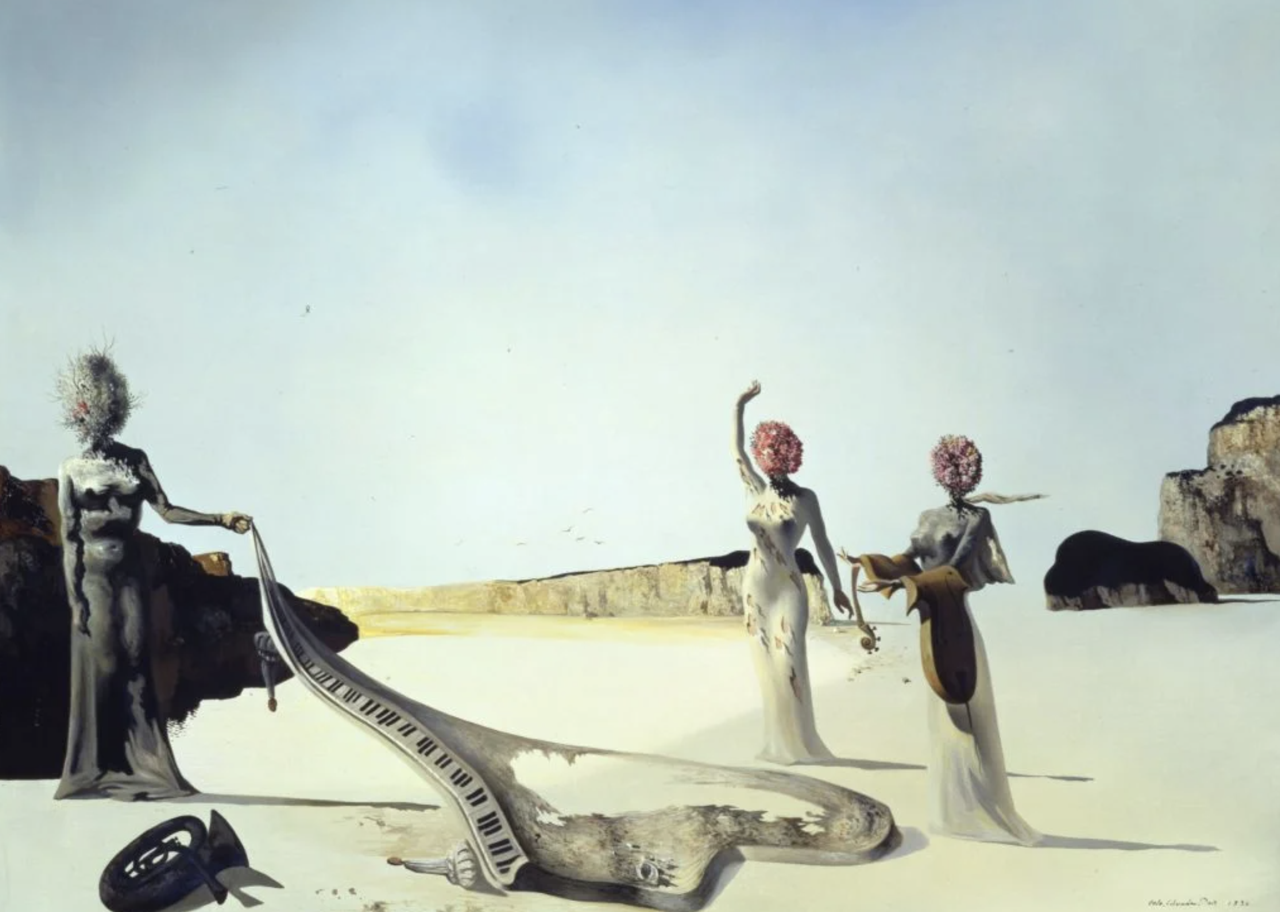
The Surreal World of Dali and the 100th Anniversary of the Surrealism Movement
Abigail MacFadden• May 31, 2024 •
6 min read
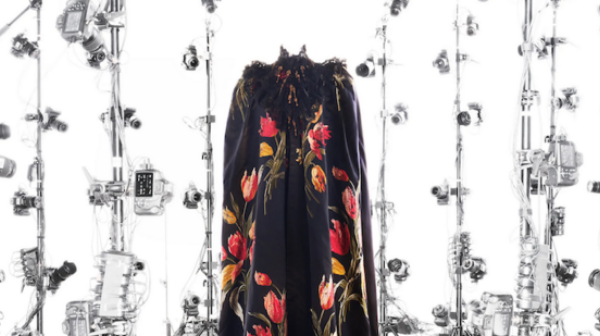
Art Show Roundup: Memorial Day Weekend and Summer Exhibitions in NYC
Demi Dubois-Moreau • May 23, 2024 •
6 min read

Art Fair Dressing Guide: Stylish Guidelines for Men & Women
Demi Dubois-Moreau • May 16, 2024 •
7 min read

Made in America Fashion Recap: Mob Wife and Mob Boss Style for the Creativo x Ferrari Party
Abigail MacFadden • May 10, 2024 •
3 min read
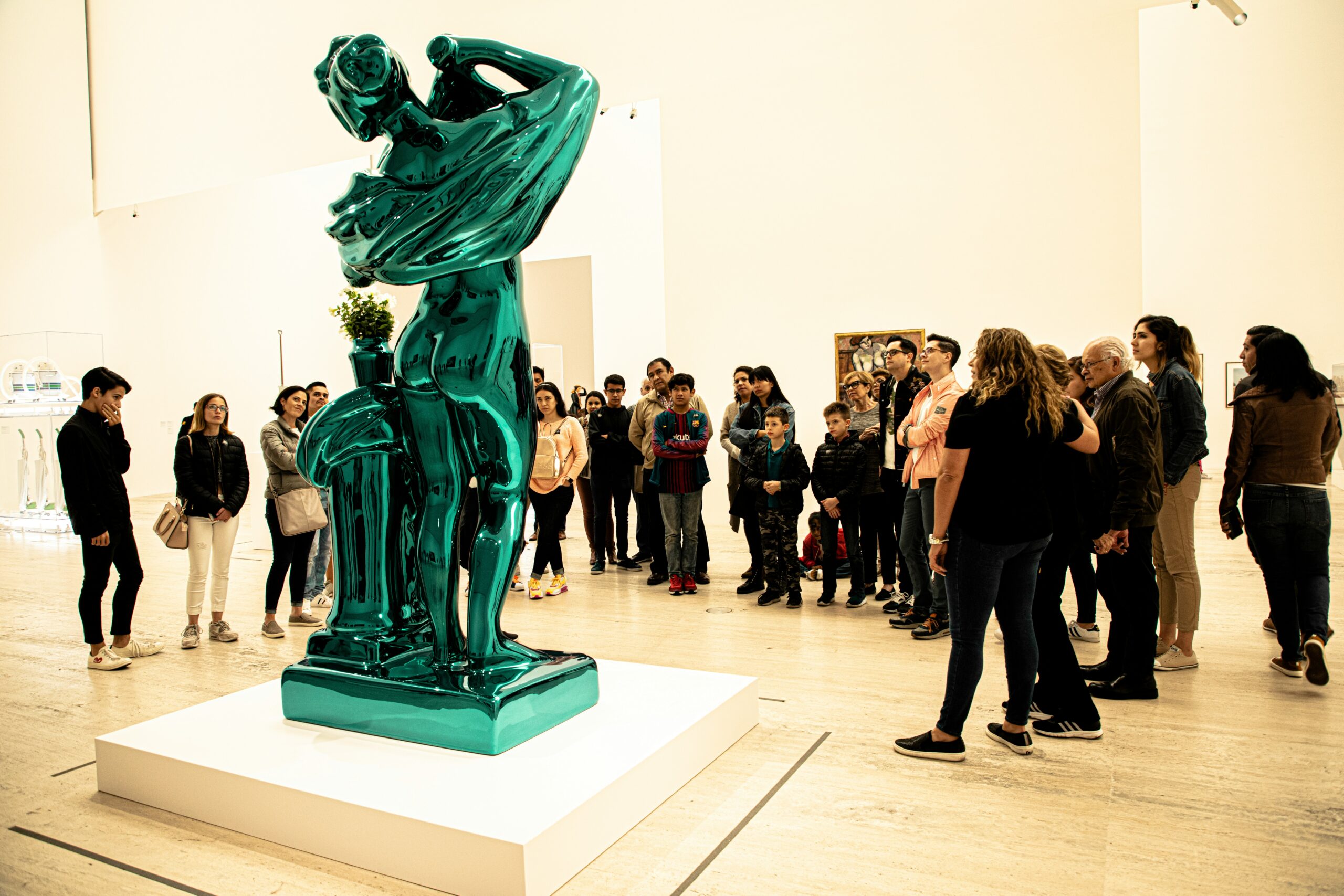
May Shows in NYC not to be missed!
Demi Dubois-Moreau • May 9, 2024 •
3 min read
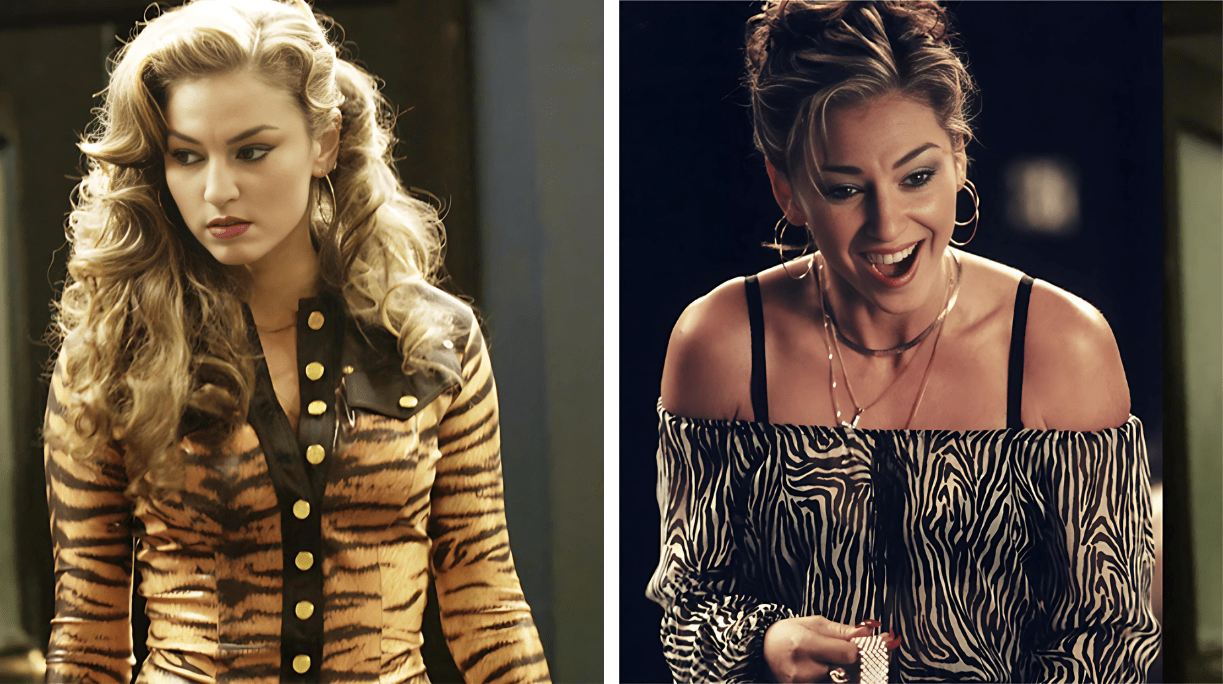
Mob Wife Fashion Trend And The Sopranos 25th Anniversary
Demi Dubois-Moreau • May 2, 2024 •
7 min read
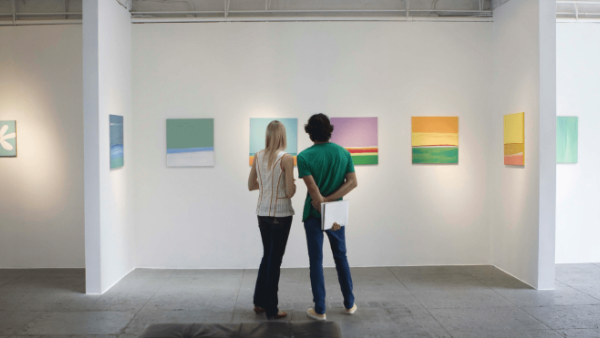
May Art Show Roundup in New York
Demi Dubois-Moreau • Apr 25, 2024 •
7 min read

Western Fashion and Baseball Caps: Some Looks From Coachella Weekend One
Demi Dubois-Moreau • April 19, 2024 •
3 min read
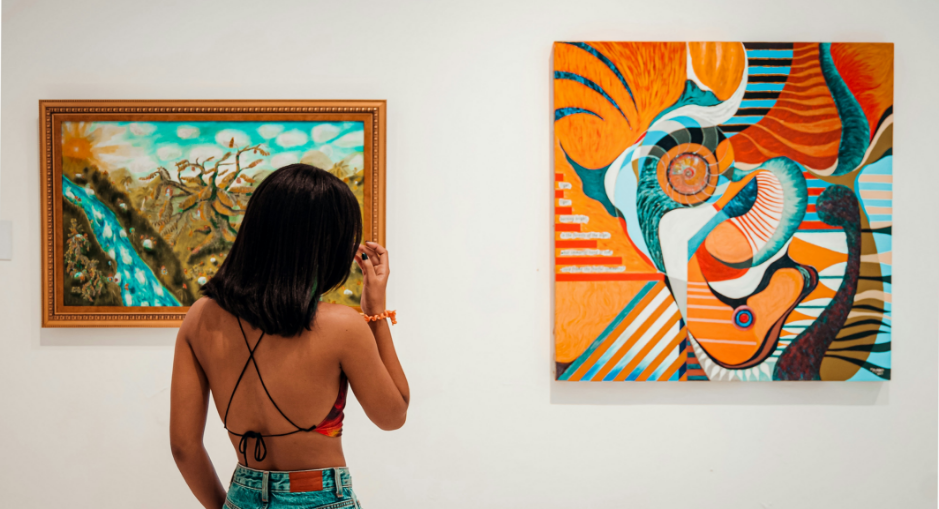
5 Art Shows to Attend this Spring in New York
Abigail MacFadden • April 10, 2024 •
5 min read
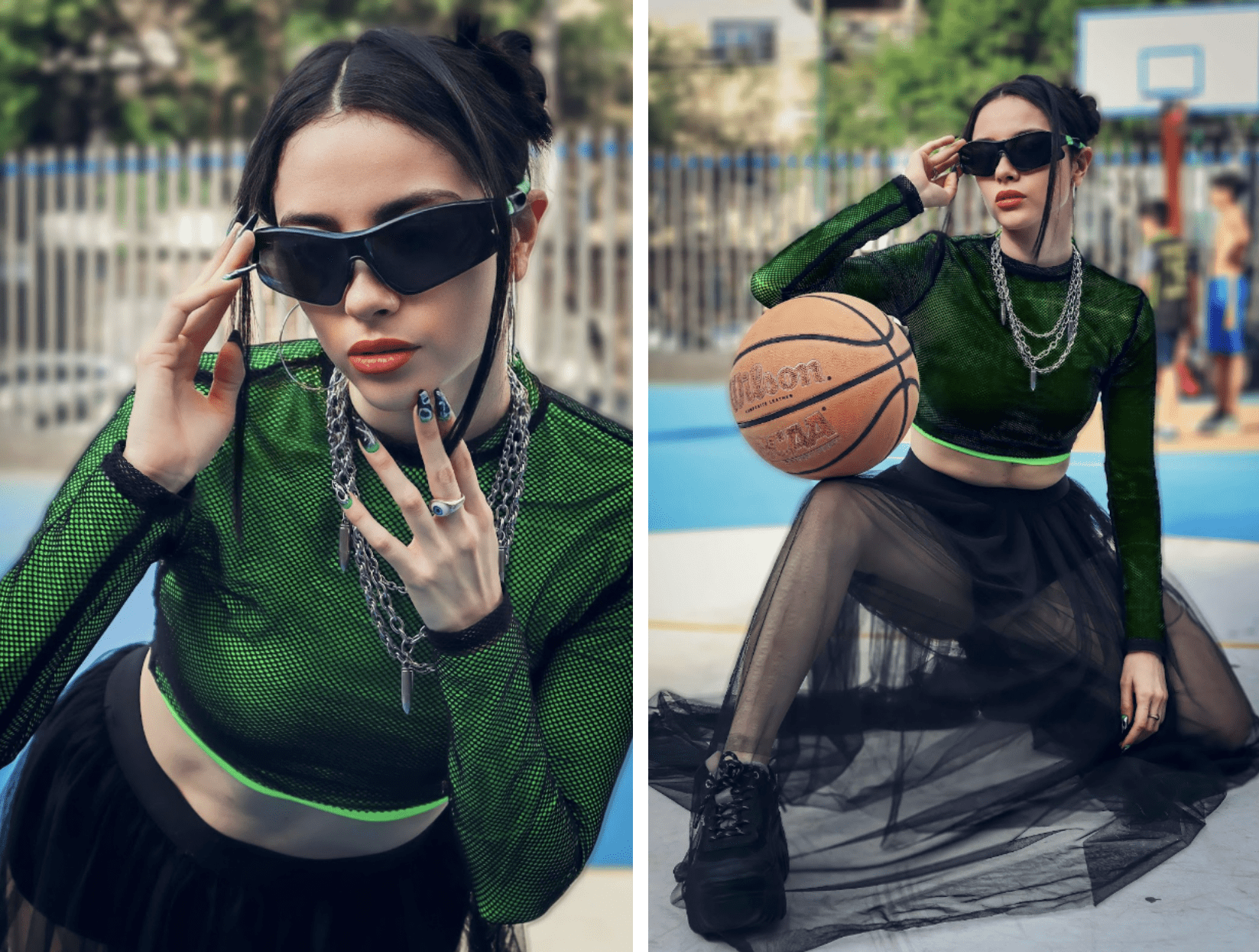
Slam Dunk Style: Fashion Tips for the Basketball Girlfriend During March Madness
Sarwat M. • April 3, 2024 •
3 min read
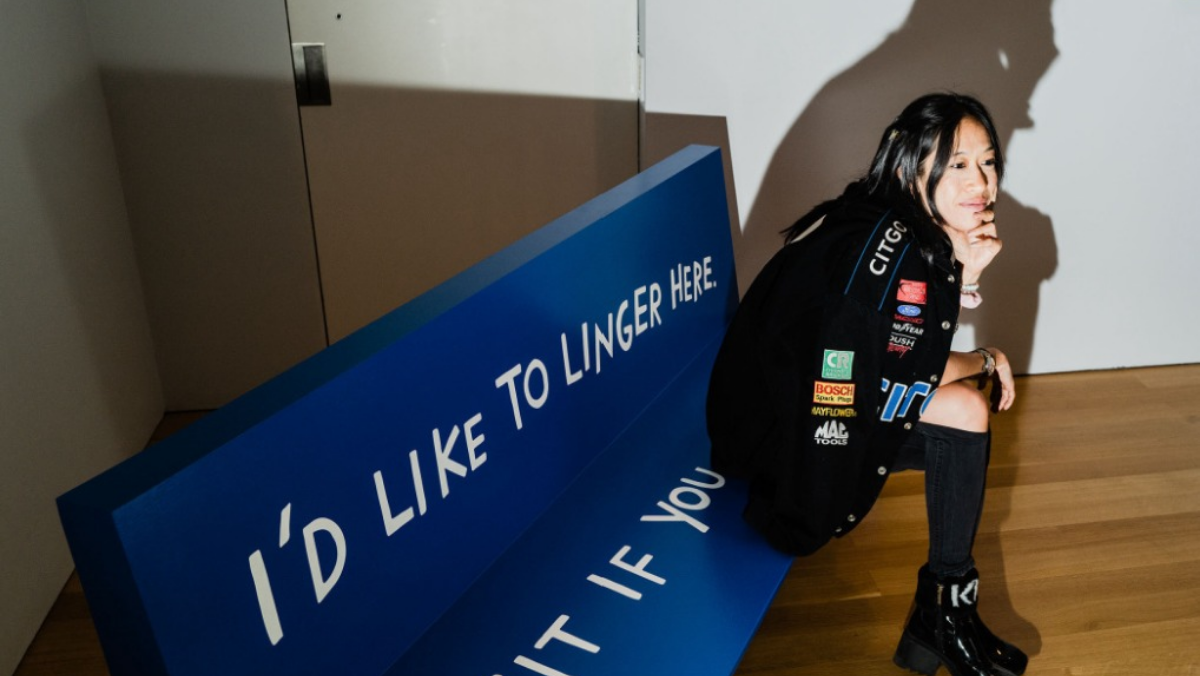
The Taylor Swift of Painting
Abigail MacFadden • April 1, 2024 •
3 min read

The Whitney Biennial
The Real Thing is Coming Back
Abigail MacFadden • March 15, 2024 •
3 min read

Exhibition Review: Fashion on the Move
Jocelyn McEvers • March 13, 2024 •
3 min read
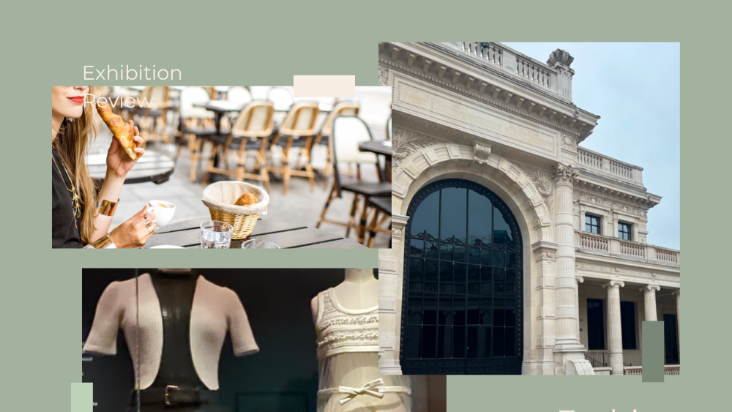
Runway Trends: Paris Fashion Week Fall / Winter 2024
Jocelyn McEvers • March 9, 2024 •
7 min read
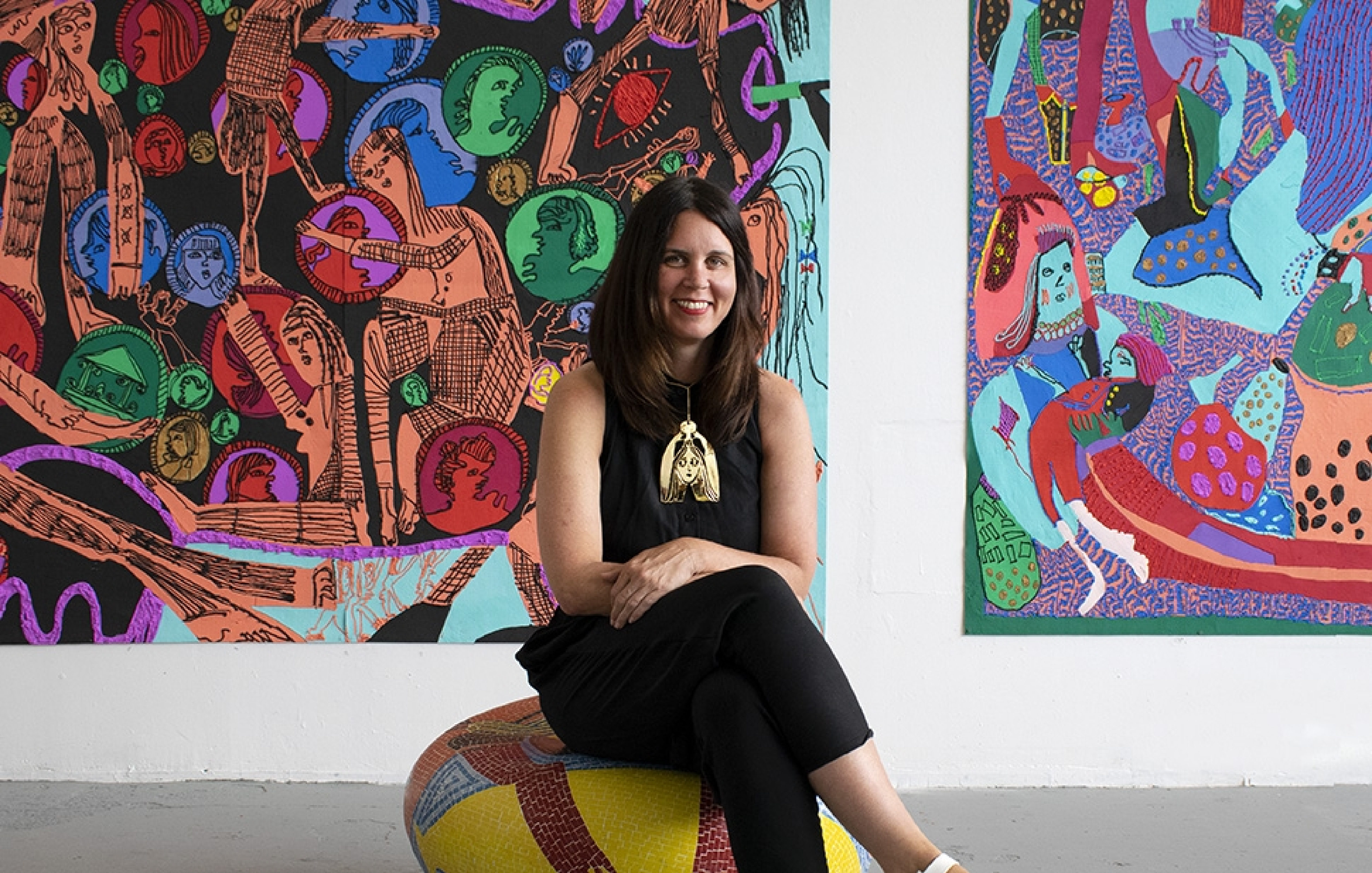
Frieze takes Los Angeles for fifth time boasts over 95 exhibitors, including Summer Wheat at the Nazarian
Abigail MacFadden • March 5, 2024 •
5 min read
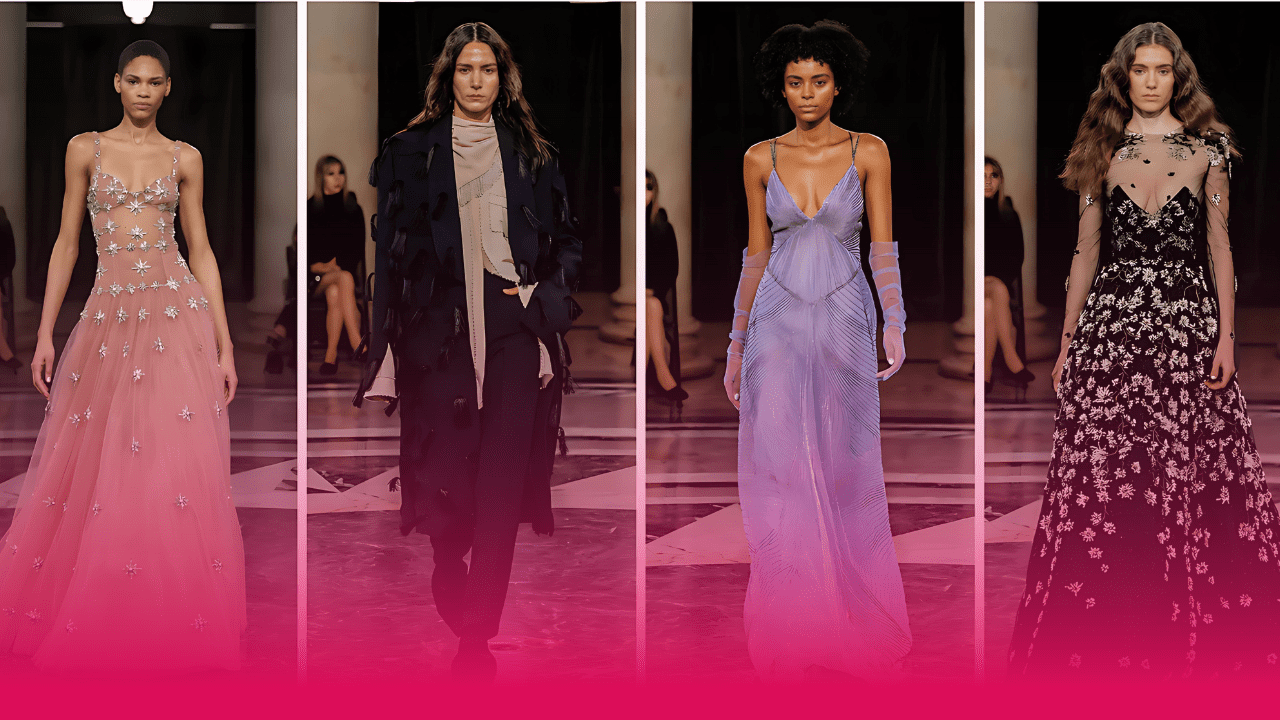
Cucculelli Shaheen Continues to Rise at Feb NYFW2024 Runway Show
M Marki • March 1, 2024 •
3 min read


